
Zerofy Jahresend-Update 2025 ❄️⚡
Ein Jahr voller schneller Updates: intelligentere Heizung, tiefere Integrationen und ein leistungsfähigerer Autopilot.
Tips and tools for the electrified household.

Ein Jahr voller schneller Updates: intelligentere Heizung, tiefere Integrationen und ein leistungsfähigerer Autopilot.
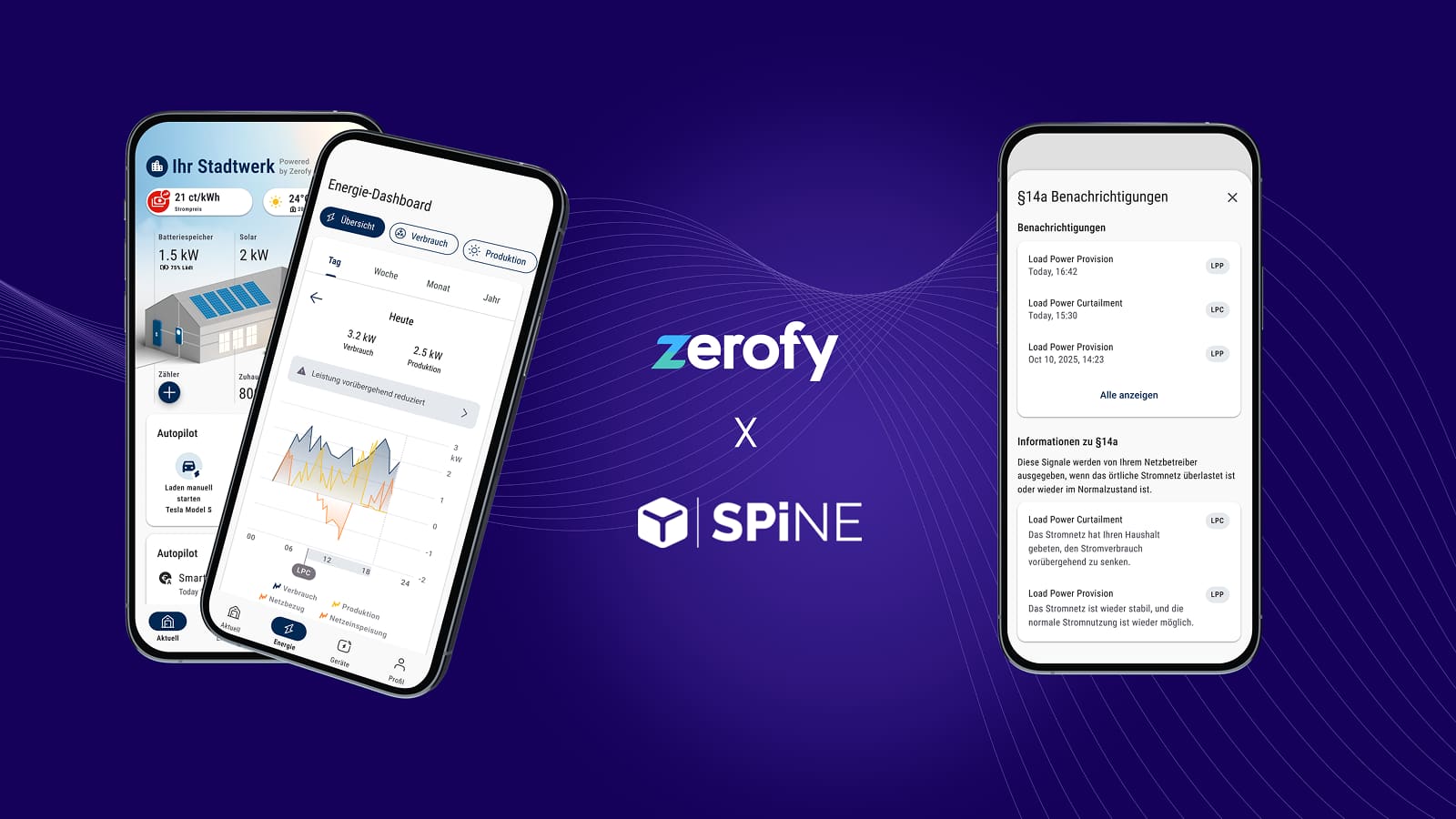
Integrierte Zerofy-SPiNE Lösung für §14a/§9: Von Netzsignal bis Kunden-App – sofort pilotierbar für Stadtwerke.
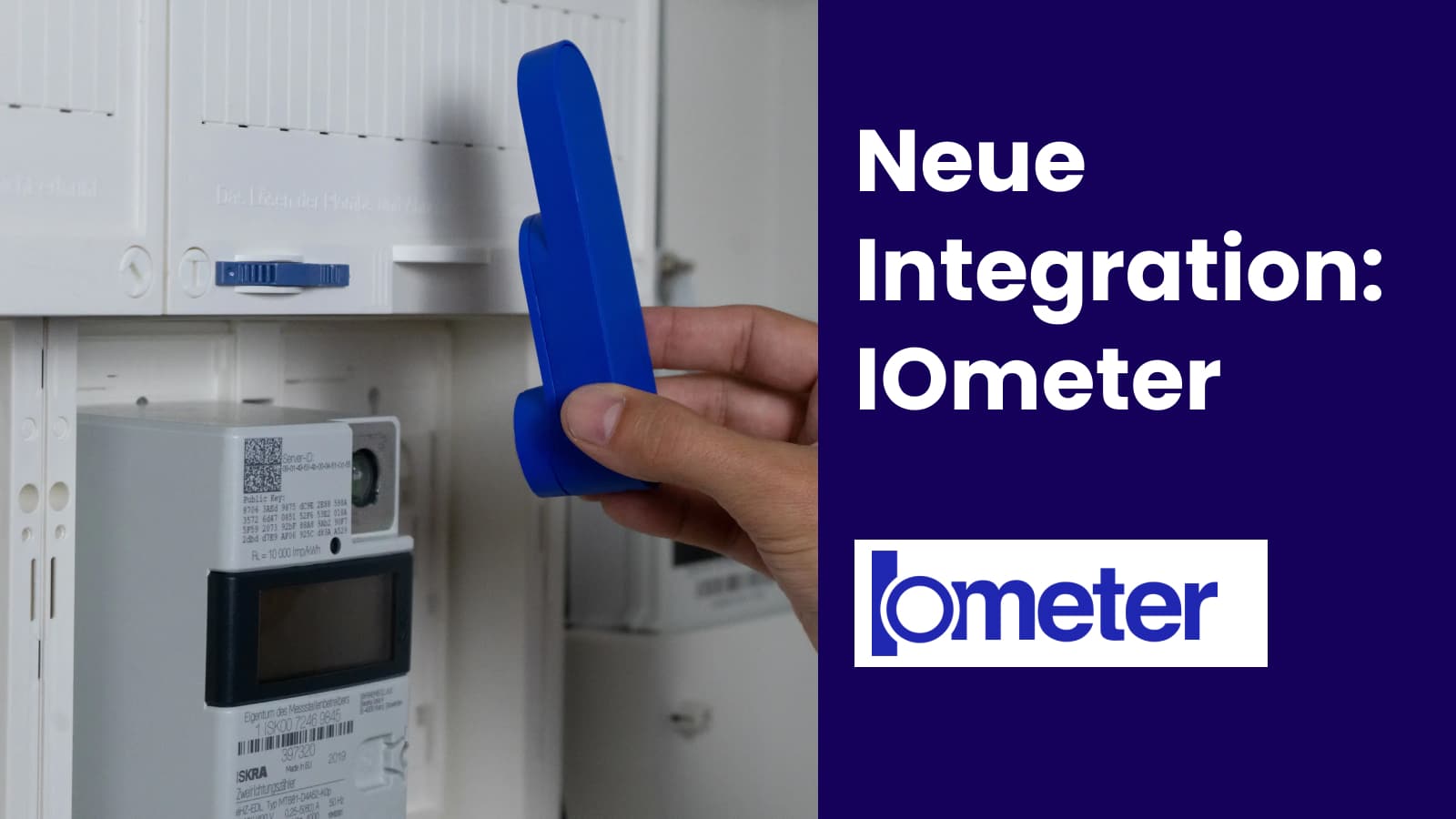
IOMeter revolutioniert die Zählerablesung mit einem Funksystem, das bis zu 50 Meter überbrückt – ideal für deutsche Haushalte mit Zählern im Keller oder Hauswirtschaftsraum.
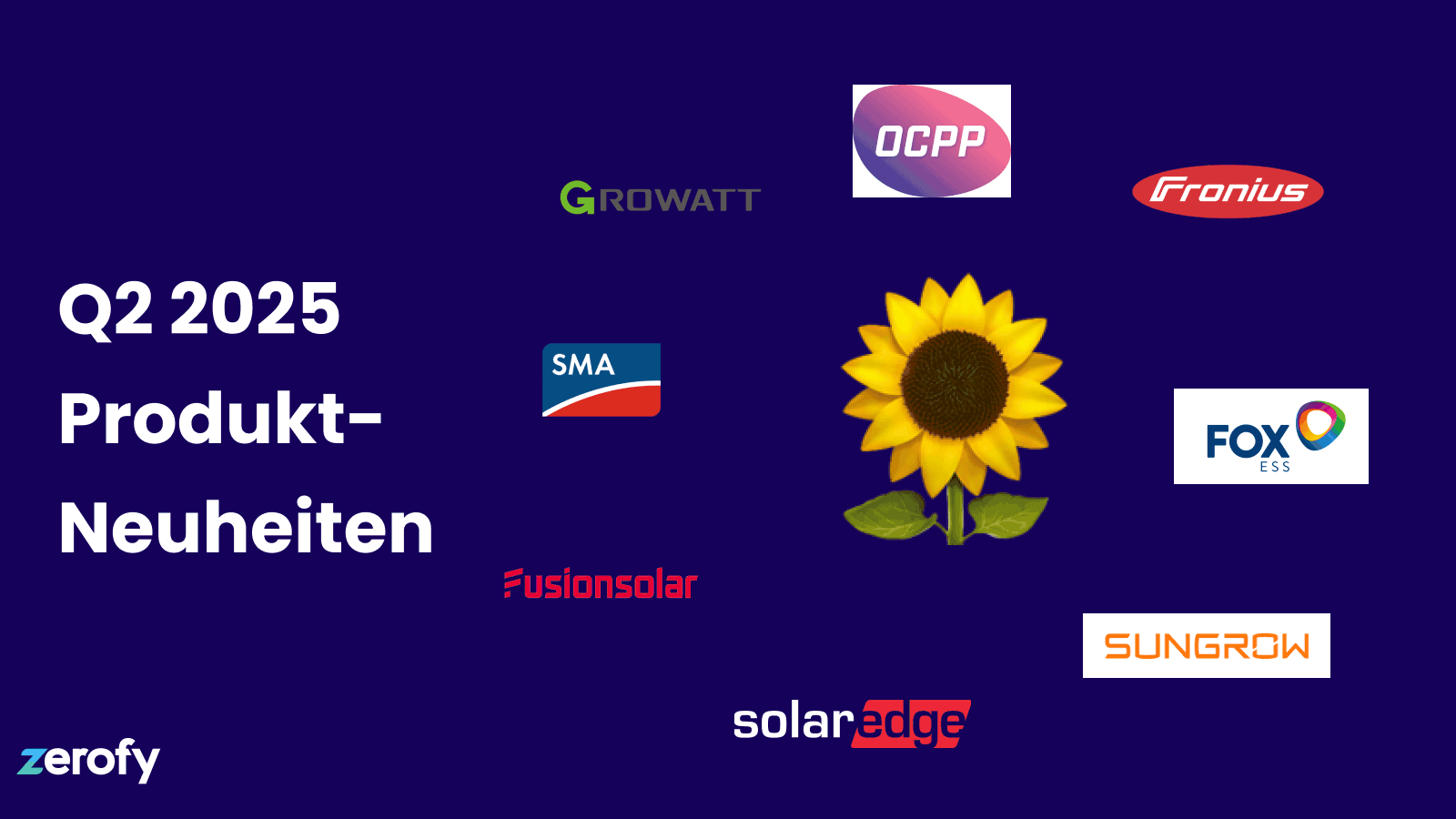
Produkt Neuheiten: Erweiterte PV-Integrationen, verbessertes EV-Laden, intelligentere Optimierung und UI Aktualisierungen.

Zerofy 2.0 is here! Discover the new user interface, smart algorithms for optimizing your energy costs, and expanded device integrations.

IoT-Energiesysteme helfen dir, Kosten zu senken und Emissionen zu reduzieren – dank smarter Technologien, Echtzeit-Analysen und nahtloser Steuerung.

Es wird kälter auf der Nordhalbkugel, und der Winter ist schneller da, als man denkt. Mit fallenden Temperaturen tauchen wir in ein Thema ein, das etwas komplex sein kann: Wie funktionieren Wärmepumpen, wenn es draußen kalt ist?

Eine Zusammenfassung der Produktupdates im Sommer 2024.

Neuigkeiten zu Finanzierung, Konferenzen und mehr
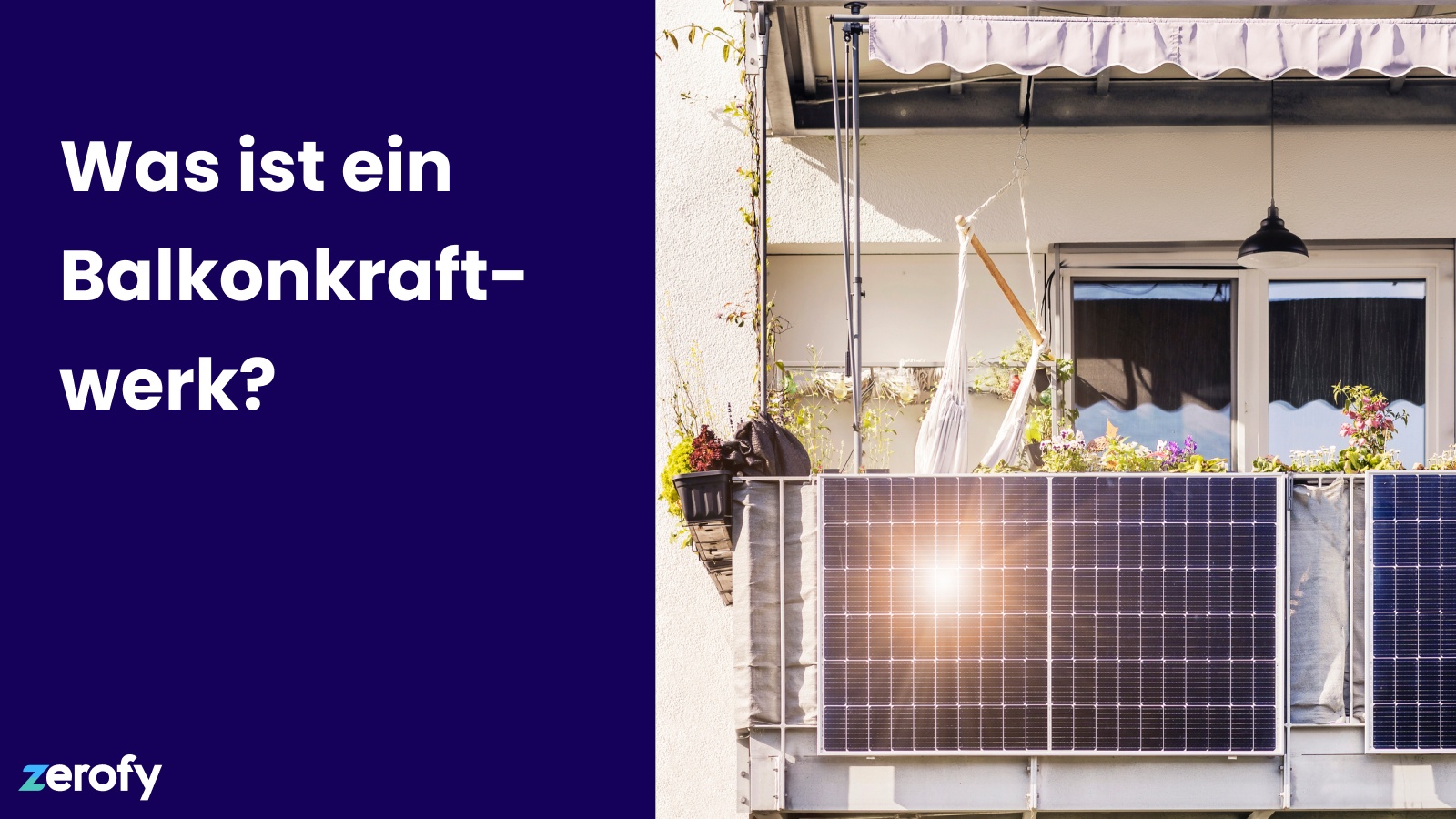
Ein Balkonkraftwerk ermöglicht es einfach und kostengünstig erneuerbare Energie zu nutzen.
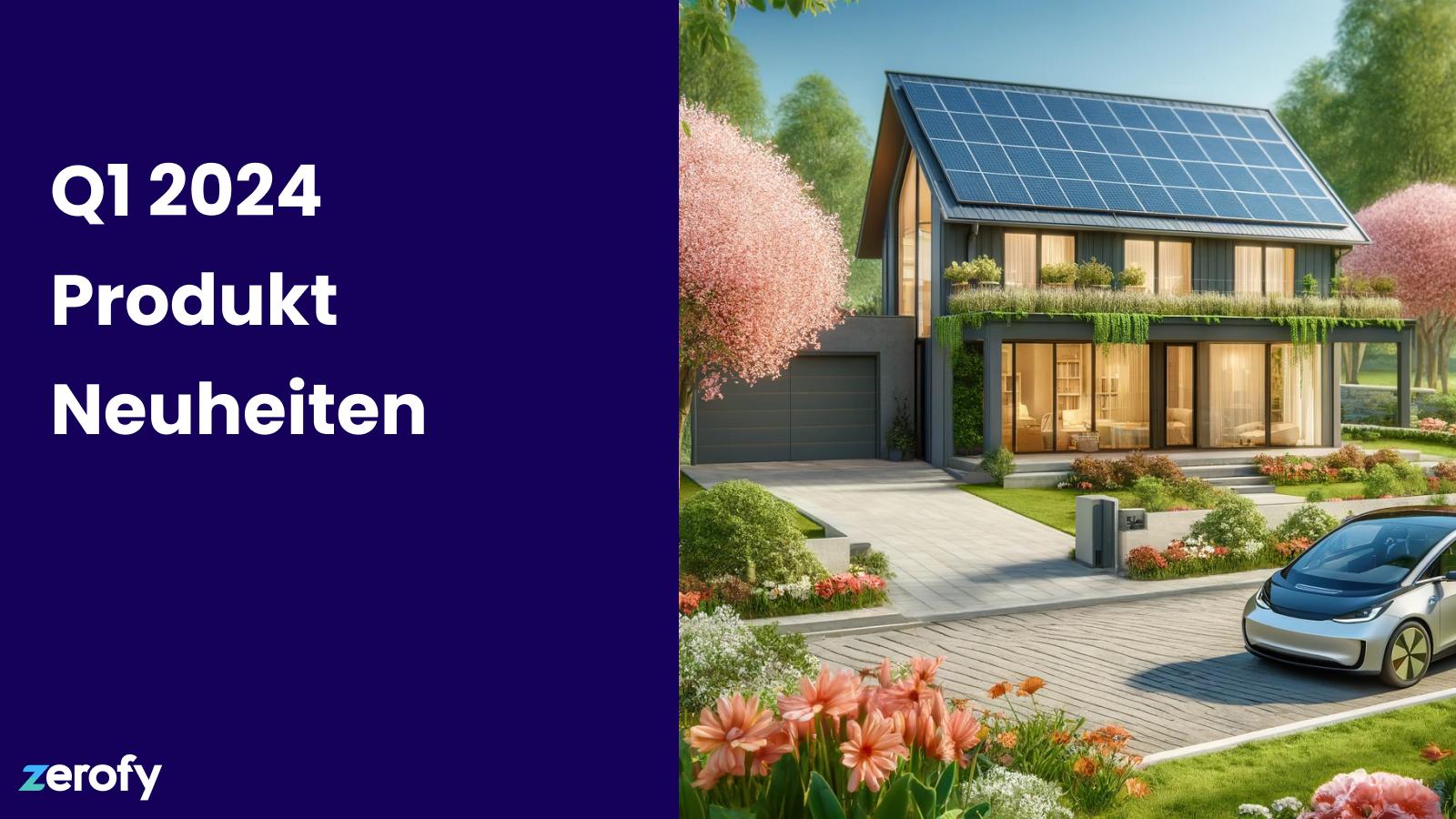
Eine Zusammenfassung der Produktupdates für das erste Quartal des Jahres.
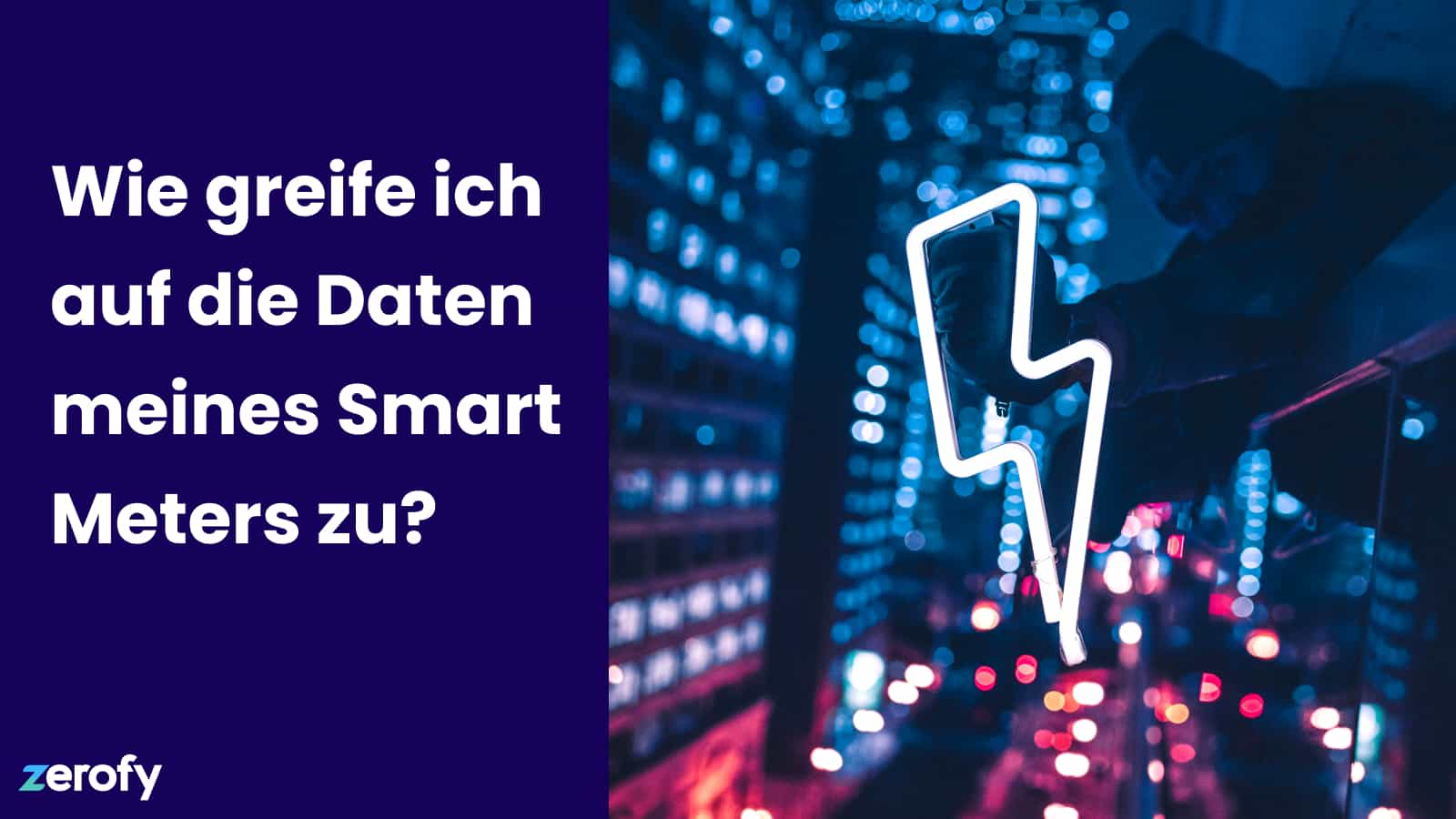
Wir beschreiben und vergleichen sechs Wege, um Zugang zu Deinen Smart Meter-Daten zu erhalten.

Unser neuestes Update erweitert das intelligente EV-Laden auf 20 neue Marken, wie Audi, VW, Nissan und BMW, und führt verbesserte Ladeoptionen ein.

Überblick zum Smart Charging von E-Autos. Lerne, wie du Kosten senken, Emissionen reduzieren und erneuerbare Energie nutzen kannst. Praktische, benutzerfreundliche Strategien, die für jeden EV-Besitzer geeignet sind.

Das neueste Zerofy-Update rückt den Autopiloten in den Mittelpunkt und bringt weitere Verbesserungen der Benutzeroberfläche.
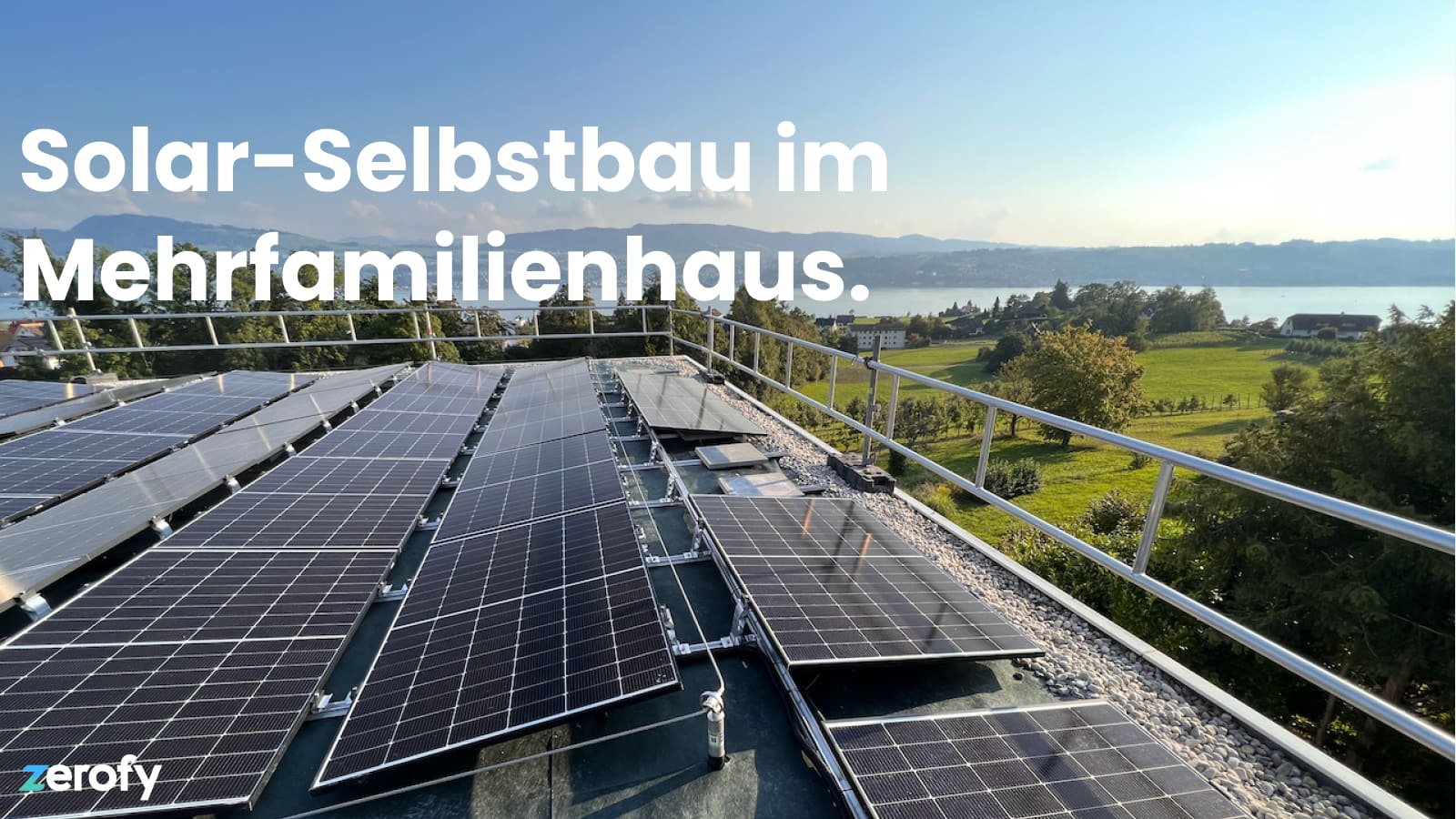
PV-Eigenbau Projekt in einem Mehrfamilienhaus in der Schweiz mit Hilfe einer Energiewende Genossenschaft. Erfahrungsbericht, Kosten, Umsetzung inkl. Abrechnung und Energiemanagement.
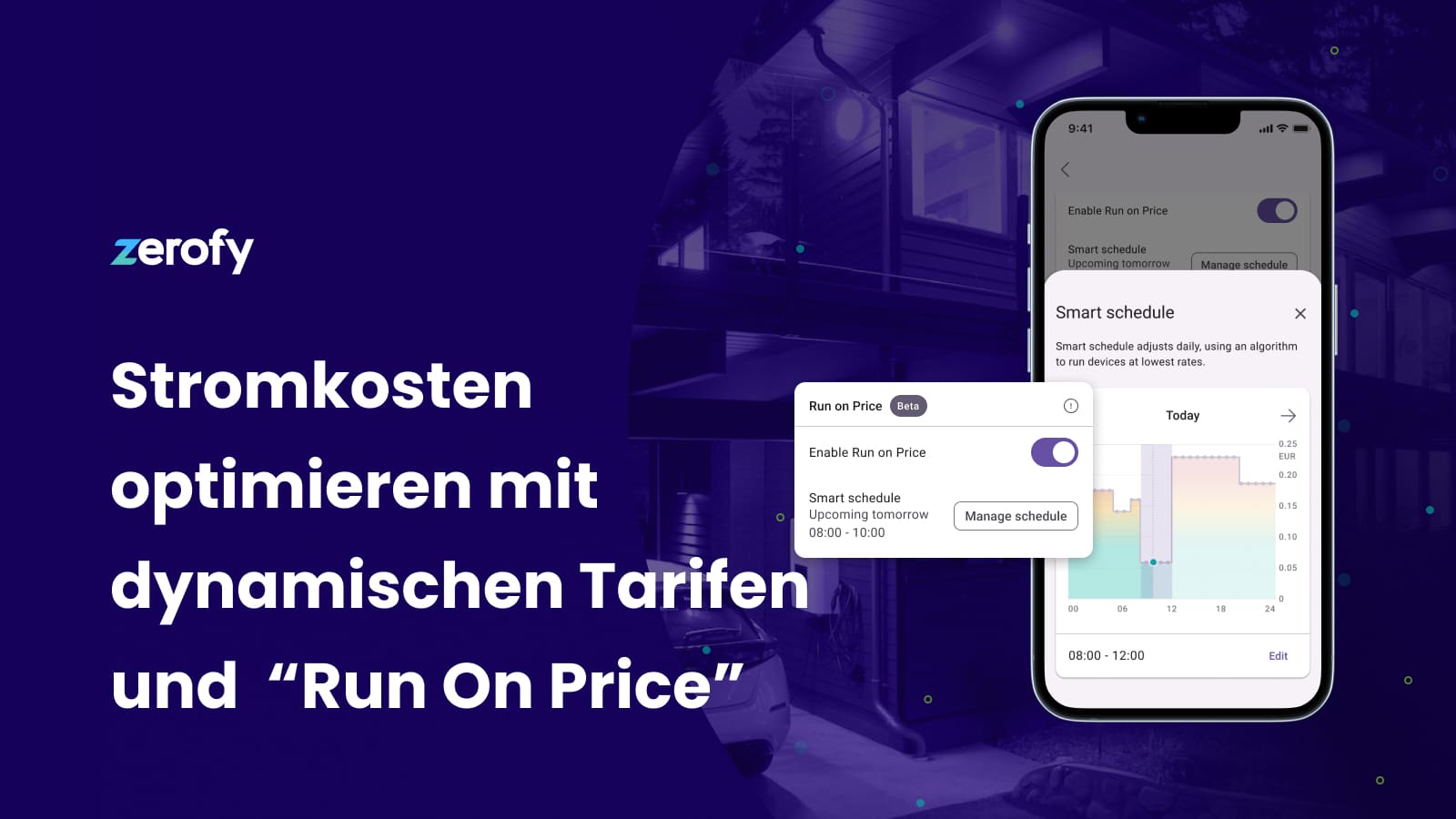
Neue Funktion "Run on Price", die Geräte während der Niedrigstromzeiten automatisiert. Ideal für Nutzer mit dynamischen Tarifen. Außerdem ist Zerofy jetzt auch für Android verfügbar!
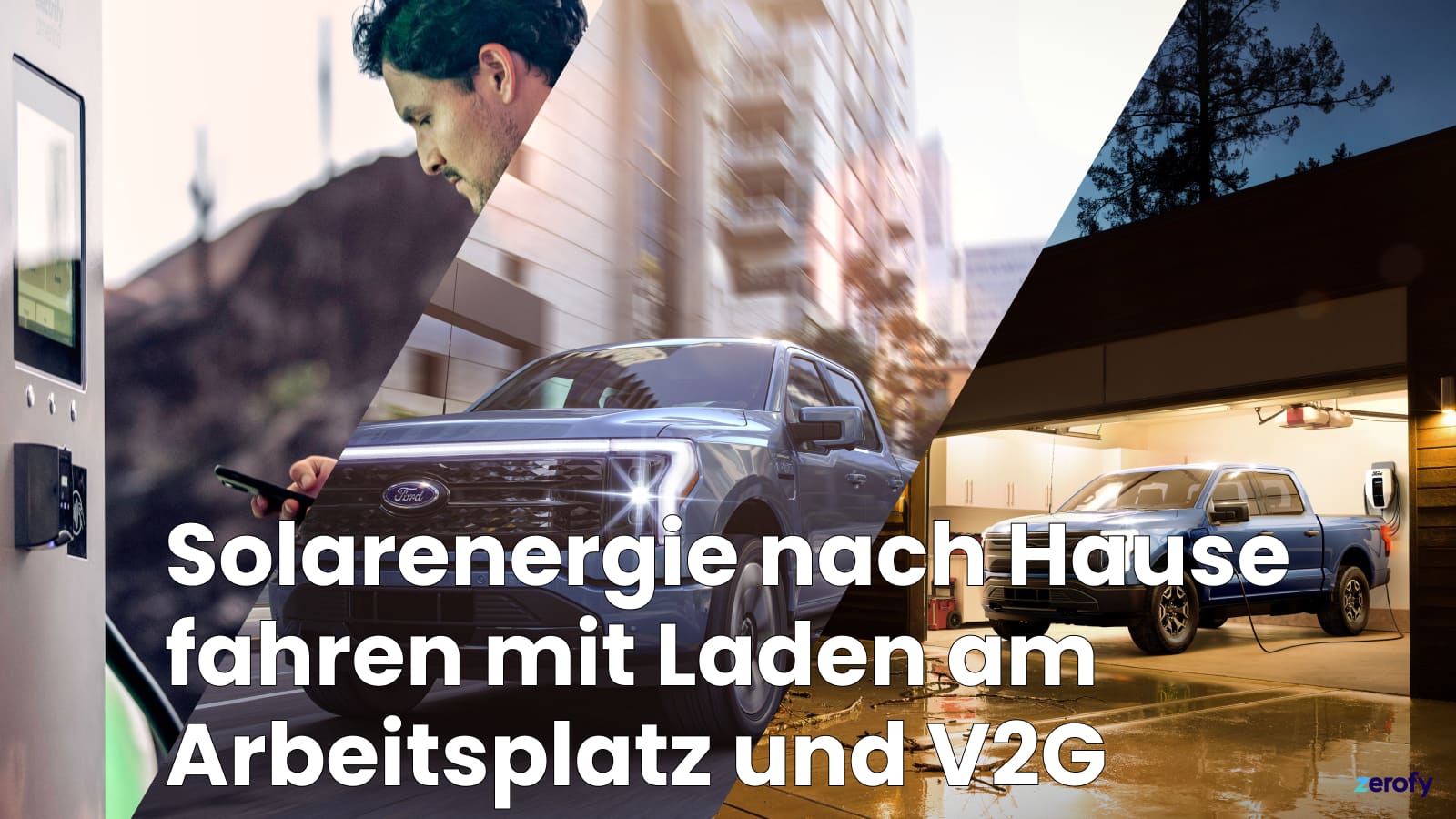
Entdecke, wie das Aufladen von Elektrofahrzeugen (EVs) mit Solarenergie am Arbeitsplatz nachhaltige Energie nach Hause bringen kann. Erfahre mehr über Vehicle-to-Grid (V2G)-Technologie, ihre Auswirkungen auf das Stromnetz, die Lebensdauer der Batterien und die Bildung von Energiegemeinschaften für eine grünere Zukunft.
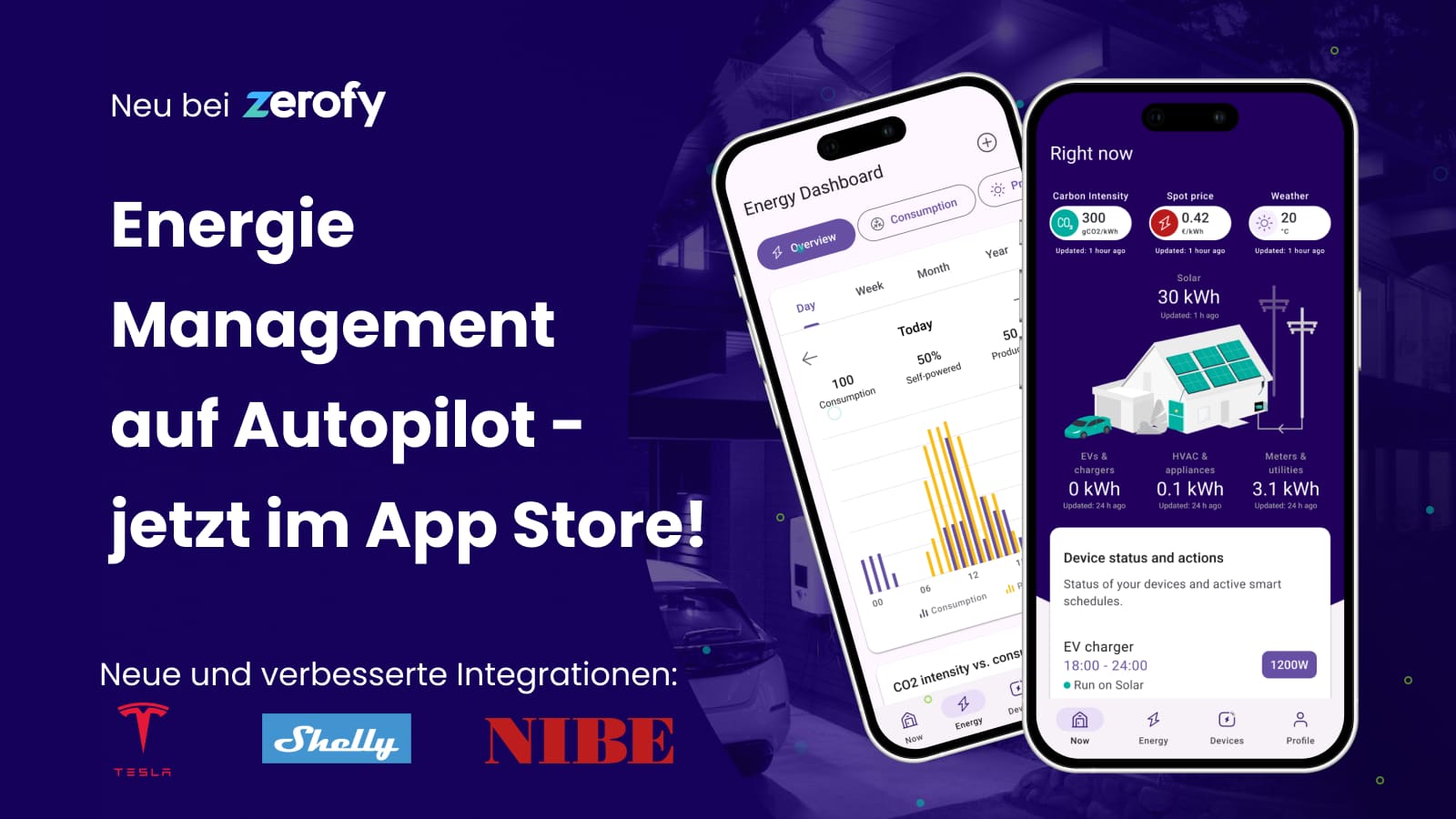
Zerofy ist jetzt im App Store verfügbar, mit UI-Updates und neuen Integrationen wie Tesla und Nibe-Wärmepumpen.
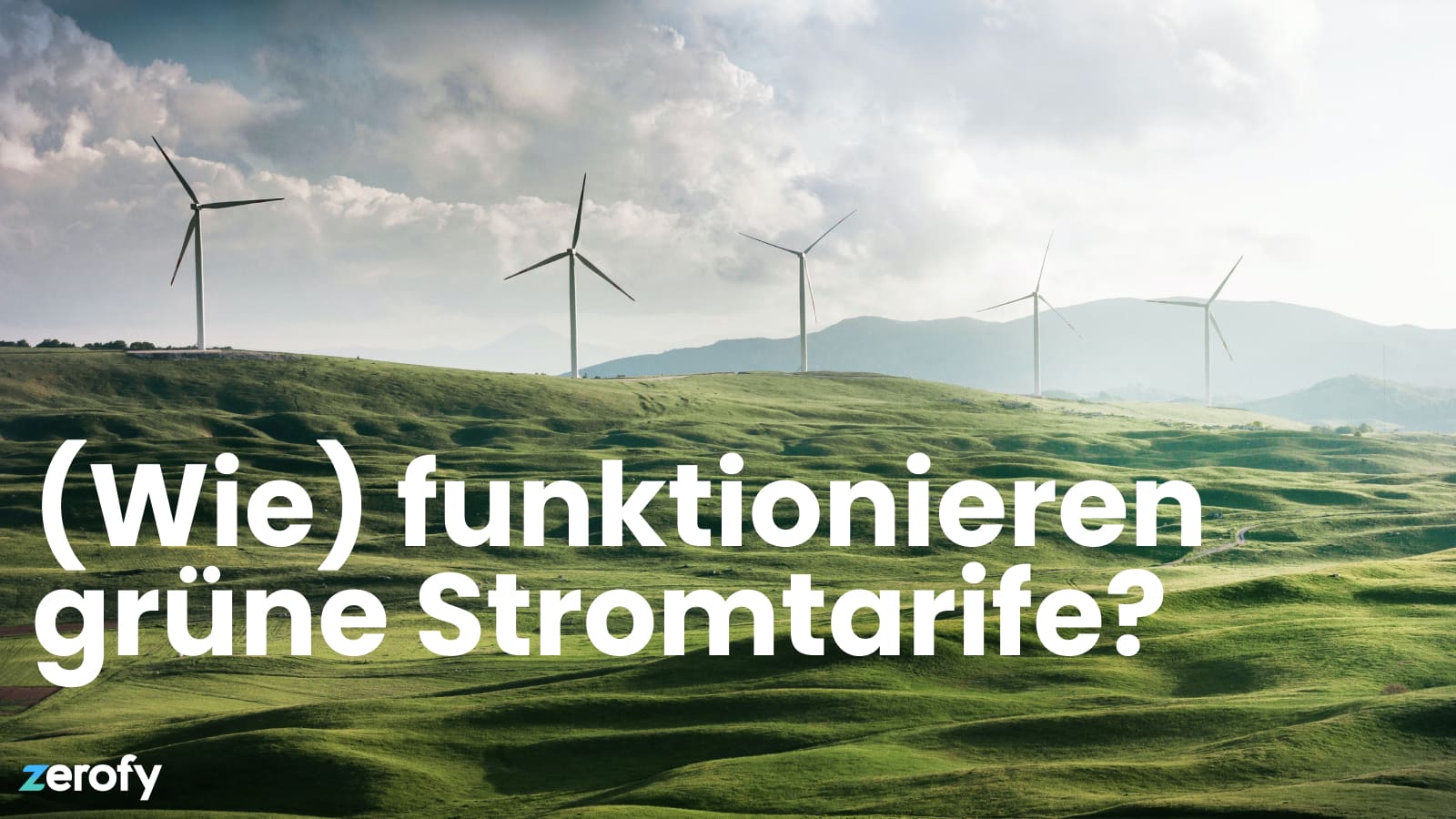
Wir untersuchen ob und wie Ökostrompläne zur Verringerung der CO2-Emissionen beitragen und was "24/7 carbon-free" im Zuge der Bemühungen um saubere Energie bedeutet.
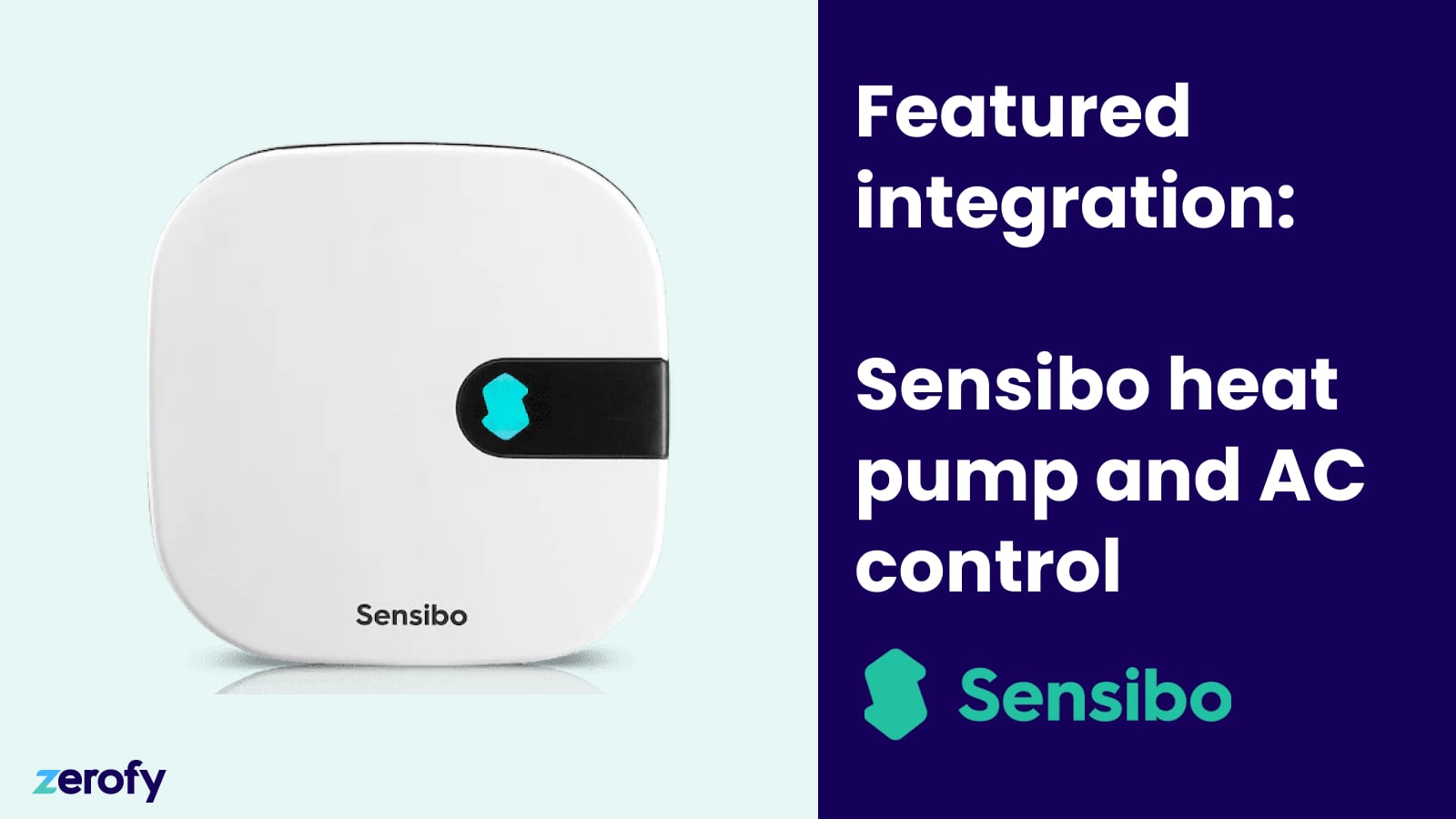
Enhance energy efficiency with Sensibo's integration on Zerofy! Control & automate your AC & heat pumps, optimizing for cost and CO2, directly from one app!
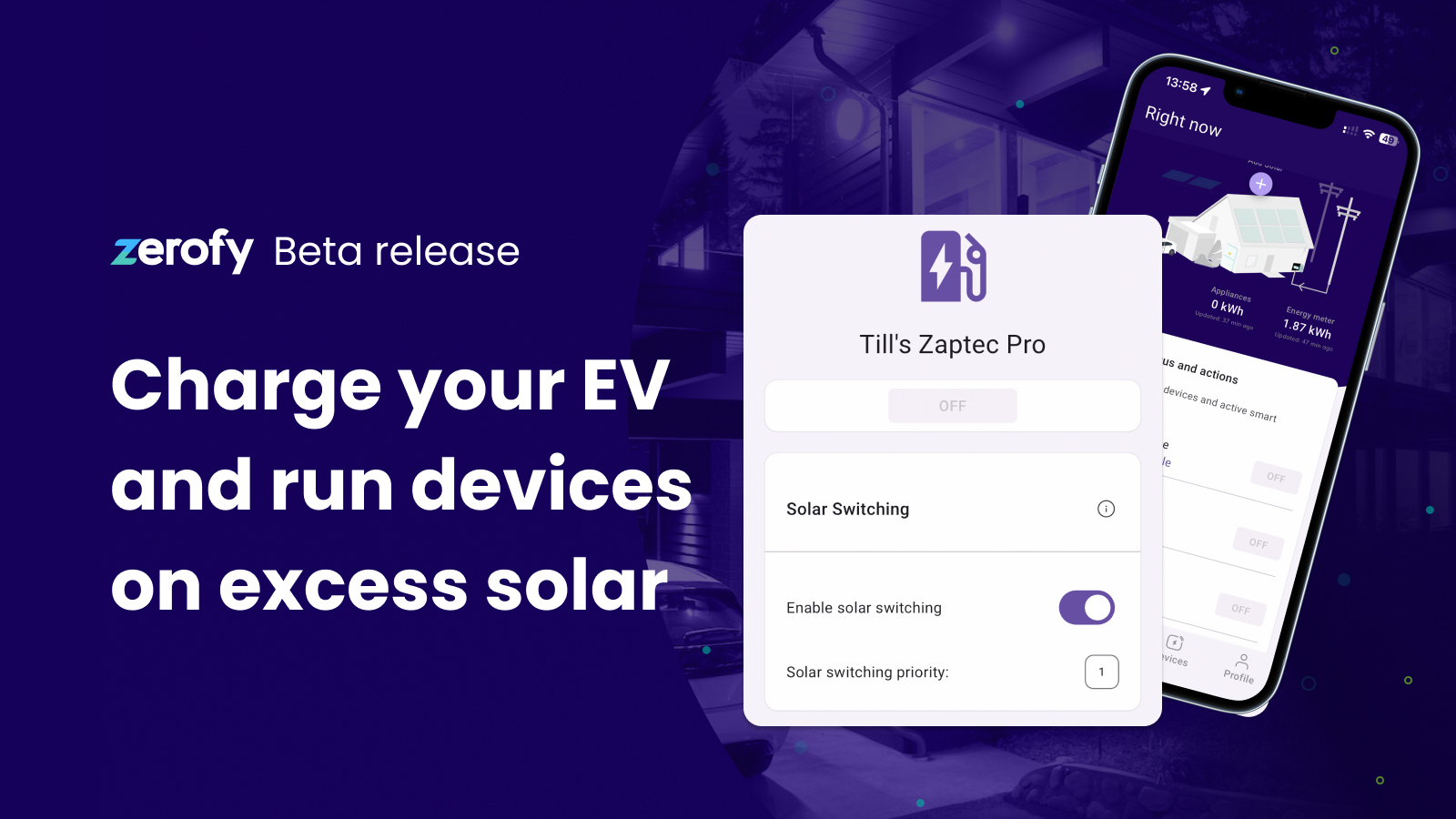
Automatically activate EV charging and other devices during surplus solar production with the latest Zerofy app update.

With our integration you can track energy consumption, program cycle stats, and even manually or automatically control Miele appliances directly from Zerofy.

Erfahrungen und Tips zur Umsetzung on Solarprojekten in Mehrfamilienhäusern mit Stockwerkeigentum in der Schweiz. Technisches, Rendite, Anbieterwahl, und mehr.

Discover the impact of dynamic retail electricity tariffs on solar self-consumption vs. feed-in options. Learn how to optimize energy costs for electrified households given these data.
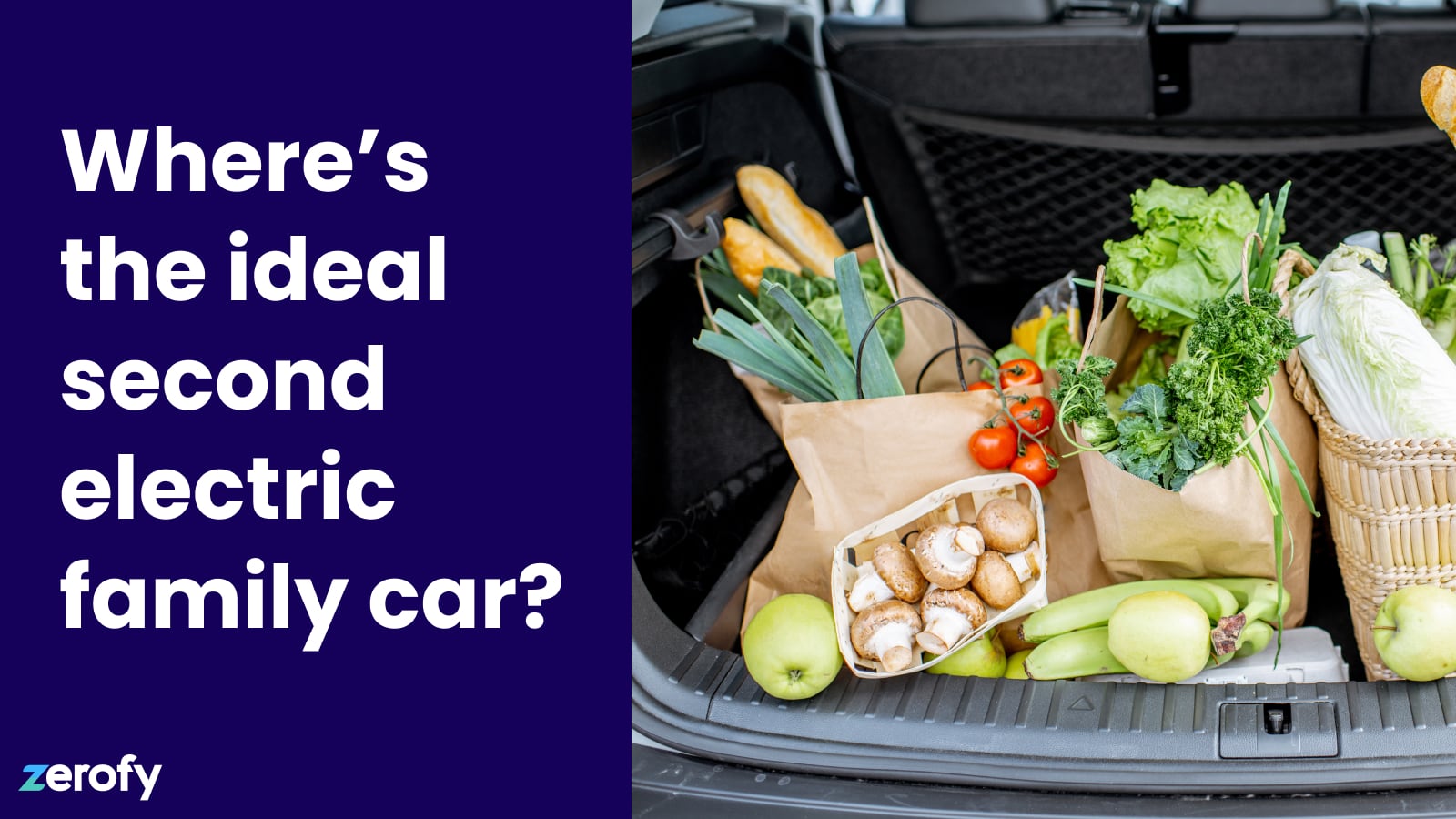
Families looking to acquire a second, smaller EV for short-distance tasks are often met with unexpected challenges. This article discusses these issues, shedding light on the surprising absence of ideal options in the current market.